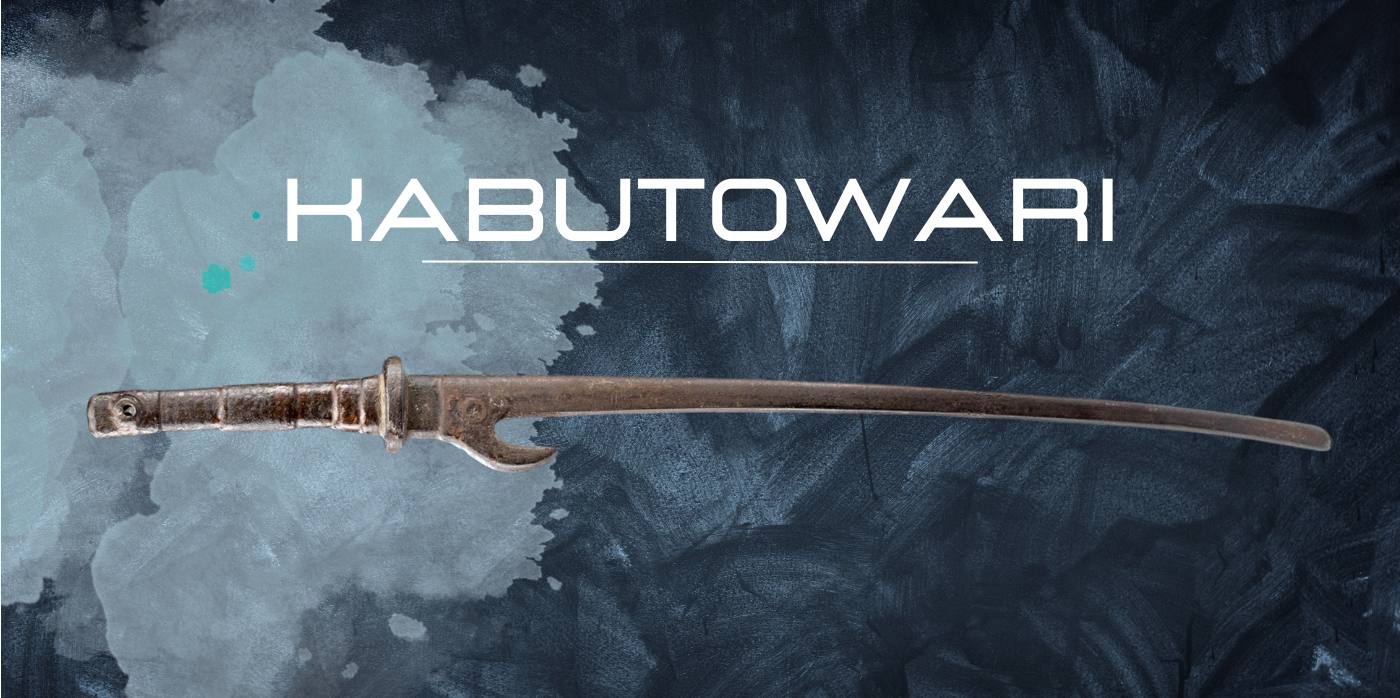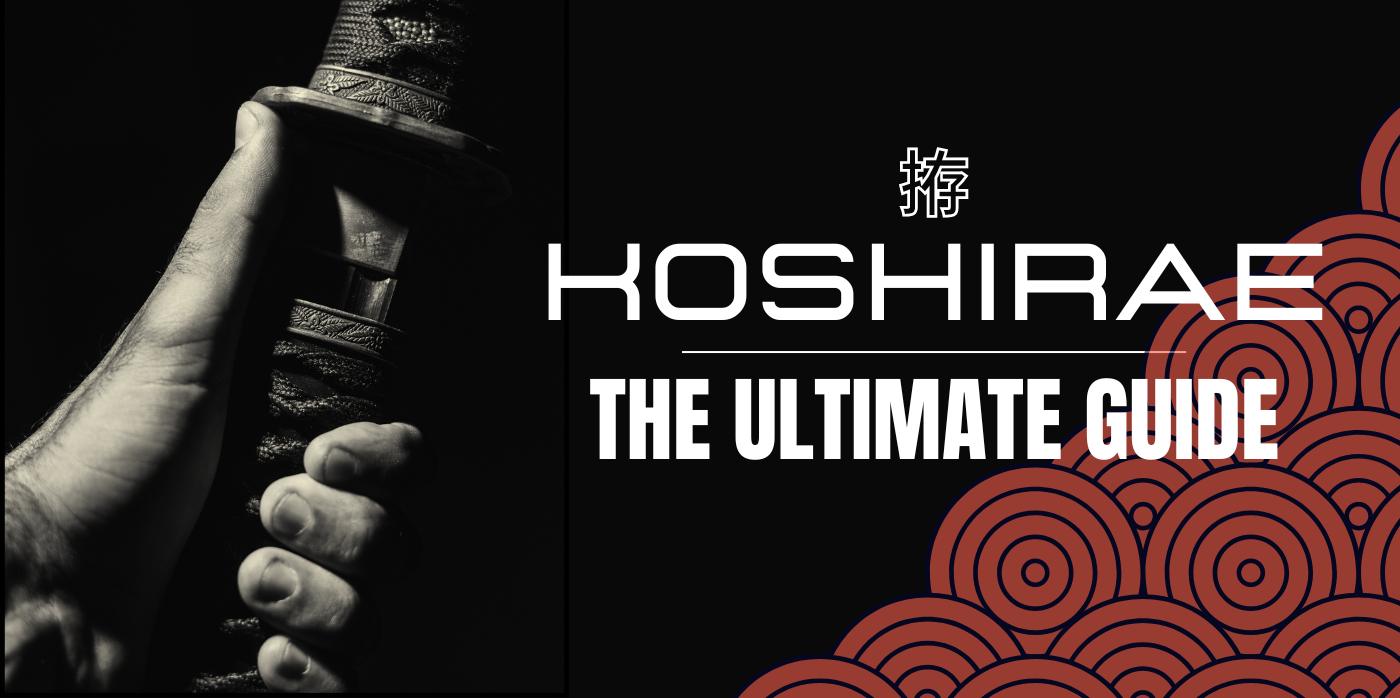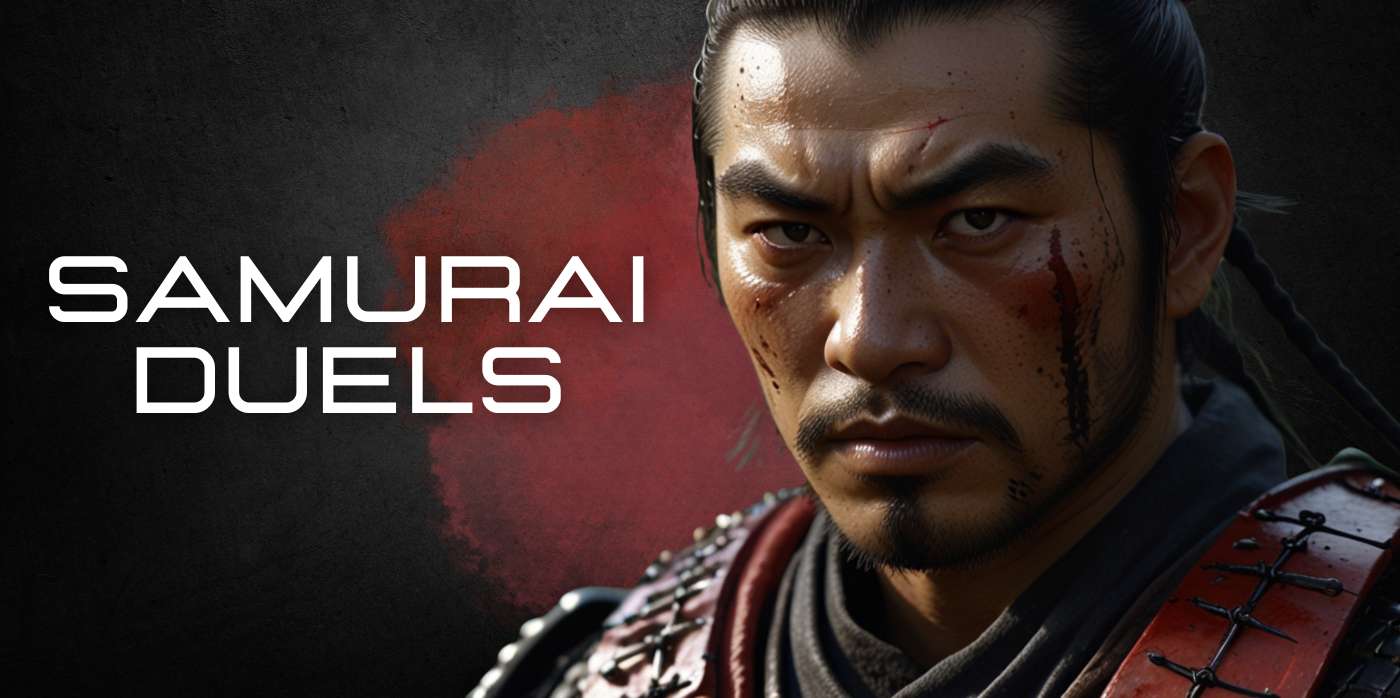What is a Kabutowari
A kabutowari, also known as hachiwari, is often translated as "helmet breaker" or "skull breaker". This Japanese weapon was historically used by samurai as a side arm. It comes in two main forms: a type of small, pointed hammer designed to pierce or dent helmets, and a short sword or truncheon-like weapon, which could be used to thrust or strike at gaps in an enemy's armor.
The kabutowari was part of the samurai's arsenal and was used both as a tool for close combat and as a ceremonial or symbolic weapon. It exemplifies the innovative weaponry and tactics samurai developed to adapt to the evolving battlefield conditions and armor technologies of feudal Japan.
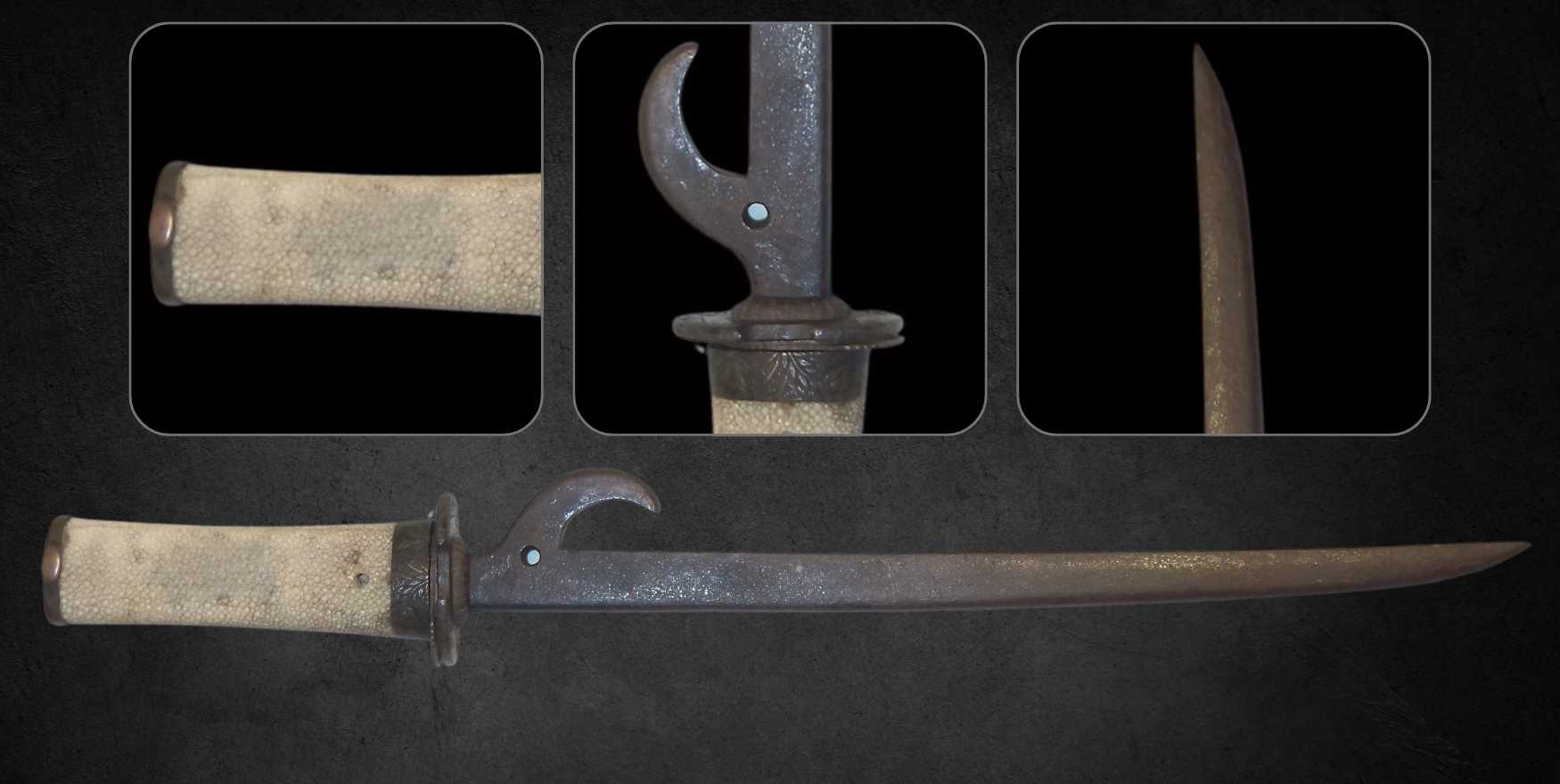
Type of Kabutowari
The kabutowari was a versatile weapon of the samurai class, known for its efficacy in close combat and as a tool for breaching armor. These weapons typically measured around 35 cm (14 in) in length, although larger variants could reach up to 45 cm (18 in). Kabutowari came in two primary forms: the dirk-type and the truncheon-type.
Dirk-type kabutowari
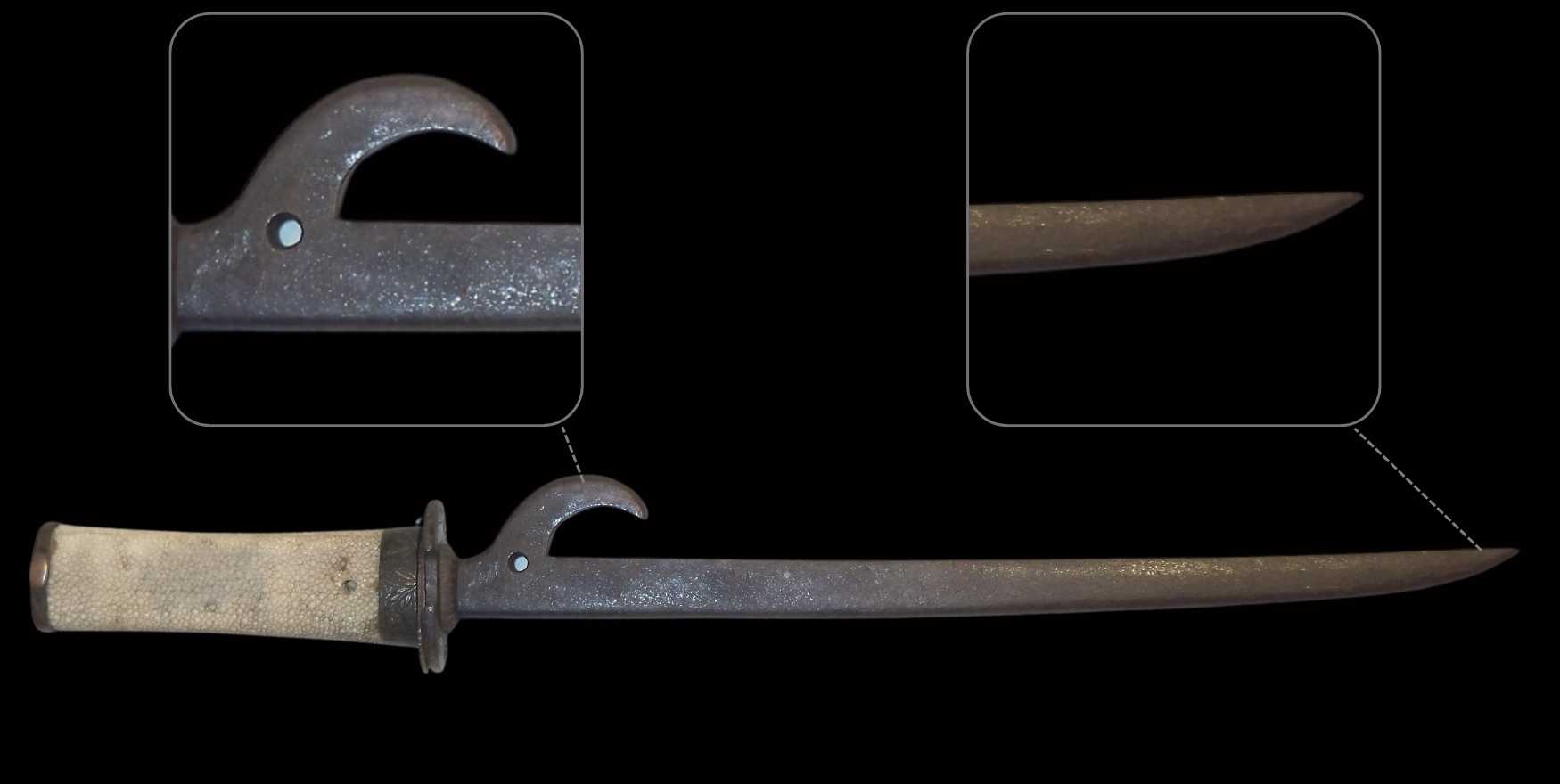
The dirk-type kabutowari featured a sharp, dirk-like point capable of parrying an opponent's sword strikes, hooking onto the cords of armor or a helmet, and even prying apart armor plates similarly to a can opener. Its design included a curved, tapered square bar of iron or steel, equipped with a hook on its back edge, allowing it to catch and parry enemy blades much like a jitte. This type of kabutowari could pierce through vulnerable areas of an opponent's armor, such as the armpit, where protection was often weaker. Some dirk-type kabutowari were even mounted in the style of a tantō, complete with a koshirae (traditional mountings for Japanese bladed weapons).
Truncheon-type kabutowari

On the other hand, the truncheon-type kabutowari was a blunt weapon, resembling the tekkan or jitte in form. Although it shared the basic shape and hook feature of the dirk-type, this variation was not intended for stabbing but was likely used to strike or apply pressure to weak points in armor. Cast from iron or forged steel, the truncheon-type kabutowari served as a formidable tool for the samurai, complementing their array of weaponry for both combat and ceremonial purposes.
What was the kabutowari used for
The kabutowari has a practical use that may not align with the dramatic stories of breaking open samurai helmets. According to Serge Mol, the notion that kabutowari were used to split open the kabuto (helmet) is more folklore than reality. The construction of a kabuto, with its steel or iron plates riveted together into a sturdy helmet bowl (hachi), and reinforced at the top and bottom, would indeed require tremendous force to break apart. This calls into question the literal interpretation of the kabutowari's name and suggests a broader understanding of its purpose.
The kabutowari's actual effectiveness lies perhaps not in splitting helmets but in its utility as a tool for applying force or leverage against the armor's weaker points. Its design, especially the dirk-type with its sharp point and hook, was likely more suited for hooking, parrying, and potentially piercing less protected areas of an opponent's armor.
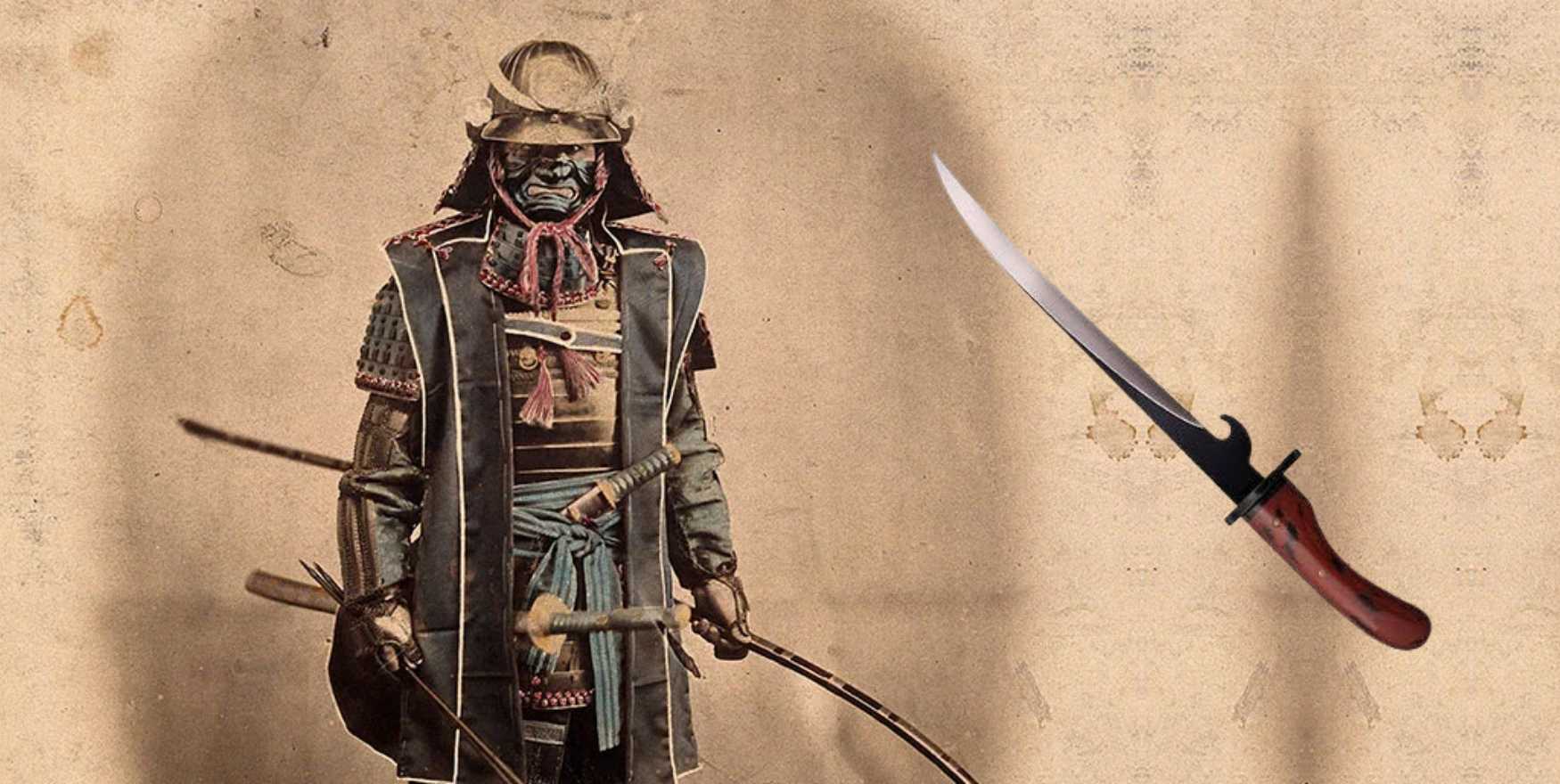
In contemporary times, while there are no known ryū (schools or styles) that specialize in training with the kabutowari, certain martial arts dojos within the Bujinkan Budo Taijutsu tradition continue to train with them, integrating these weapons into their broader study of jittejutsu. This continued use underscores the kabutowari's place within the martial traditions, even if its role and effectiveness are understood differently than the legends suggest.



